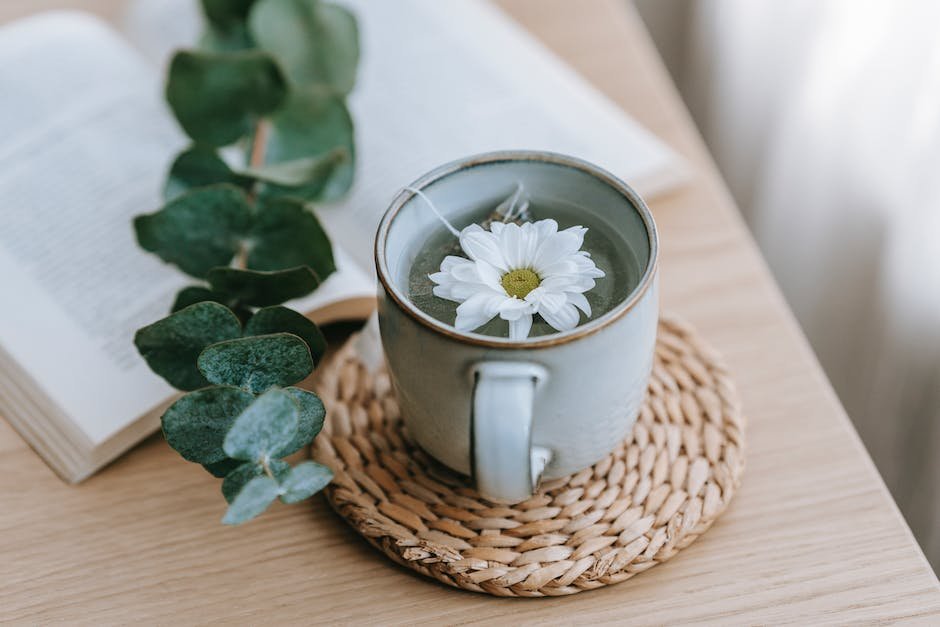Caffeine is a common ingredient in many weight loss supplements. Most people are familiar with its common effects, like increased energy and stimulation.
However, studies have shown that long-term caffeine use can lead to weight gain via two major mechanisms. The first is by chronically elevating your metabolic rate, and the second is by reducing your appetite.
Given that you are dieting while also regularly consuming caffeine, your total calorie intake may be maintained or even increased!
As you grow more accustomed to the effects of caffeine, it takes more of it to produce the same effect. This can lead to chronic over-consumption and potential withdrawal symptoms when you stop taking it.
Luckily, you do not need to completely eliminate caffeine to see these effects diminish. You can work with a health care provider who can test your tolerance and help you get back down to a safe level.
Side effects of bay leaf tea

Although bay leaves have many benefits, they can also cause some side effects.
Combining cinnamon and bay leaf tea
Although these two ingredients can be safely consumed separately, your body may respond differently to a combination of the two. While there are few case reports of adverse reactions to cinnamon or bay leaf tea alone, there is little evidence of how they would interact when combined.
Because both substances are found in popular diet plans, it is likely that people who drink cinnamon or bay leaf tea may also consume the other. Therefore, it is important to be aware of potential interactions.
Those who eat a ketogenic diet and those following a Paleo diet typically drink cinnamon tea as it fits within the guidelines of these diets. People who consume keto drinks may also add bay leaves to their water to make a “spa” scent and flavor.
Drinking only one beverage that contains either of these herbs is probably safe, but it is best to avoid having both in the same drink or drinking them on the same day.
Tips for using cinnamon and bay leaf tea
As mentioned before, cinnamon and bay leaf tea can be very beneficial if used in moderation. Here are some tips for using these teas more regularly!
Cinnamon tea can be brewed just like any other type of tea. The cinnamon can be directly added to the water, or you can add a bag. The latter is more convenient when making a large batch to save time.
Like any other tea, cinnamon tea can be drank either hot or cold.
What is in cinnamon and bay leaf tea?
While cinnamon and bay leaves contain beneficial compounds, they can also contain harmful compounds. The same is true for the tea you make with them.
Cinnamon contains methyl hydrogen cyclopentenone, also known as safrole. This is a compound that has been linked to cancer in rats, according to the American Cancer Society (ACS).
Safrole is found in oils derived from plants such as sassafras trees and bulrushes. When these plants are dried, the safrole can be easily extracted. It is this oil that is sometimes added to cinnamon in order to produce a spicy flavor.
Although there has not been extensive research on the health effects of safrole, the ACS recommends avoiding it unless necessary. Because of its potential health risks, it is banned in the United States by the Food and Drug Administration (FDA).
Similar to safrole, benzaldehyde is another compound found in cinnamon that has been shown to be carcinogenic (cancer-causing) in rats, according to PubMed Health.
Can I drink both types of tea?

It is safe to drink both bay leaf and cinnamon tea separately. However, it is not safe to drink both types of tea at the same time.
As mentioned before, when these teas are brewed together, they produce a disulfiram-like reaction. This reaction results in an unpleasant taste and nausea.
If you have already drunk this combination of teas, try drinking some water and eating some food to avoid feeling sick. If you still feel nauseous, then visit a doctor for help.
It is important to note that only bay leaf and cinnamon tea produce this effect when mixed.
What are the benefits of each plant?
Bay leaves are commonly used in cooking. They add a strong, spicy aroma and flavor to dishes. Bay leaves are often added to soups, stews, rice dishes, and meat recipes.
Cinnamon is most commonly consumed as a tea or in baking. It can also be added to smoothies or eaten straight as a powder. Cinnamon is known for its aroma more than its flavor, so it is best used in recipes with other strong flavors like vanilla or honey.
Both plants are known to have anti-inflammatory properties. According to Aviva Romm of PlantSense, plants that reduce inflammation appear to work by blocking molecules called cytokines, which transmit messages within and between immune cells in the body.
These messages trigger the immune system response that we know as inflammation. Romm explains that plants that contain phytochemicals block cytokines from communicating, preventing the inflammatory response.
Can I use ground up leaves instead of whole ones?
Yes, you can use ground up bay leaves instead of whole ones. You can also use a mixture of both. Many recipes call for just the ground leaves, though some include the dried leaf itself.
The difference is in how you uses them. Whole leaves can be crushed in a pot to make the tea, or the dried leaf itself can be steeped in the water to make the tea.
Either way, you will still get the health benefits!
Both require slightly more time to make the tea, though this is just because you have to grind up the leaves or pull out the whole ones. It is easy to do and does not require any special tools.
How do I make it?
To make bay leaf and cinnamon tea, you will need: one teaspoon of dried bay leaves, one teaspoon of dried cinnamon leaves, hot water, and a bag or container to put it in.
First, boil the water and then add the bay leaves and cinnamon. Let this steep for five minutes until the aroma is strong. Then, pour into your bag or container and then into your cup. Add more hot water to make it a larger serving!
You can either mix this with other teas or drink it on its own. I prefer to drink it on its own because I like the flavor, but try both and see which you like more!
This tea is best served hot! If you want to make it less strong, only use one teaspoon of the herbs instead of two.


















